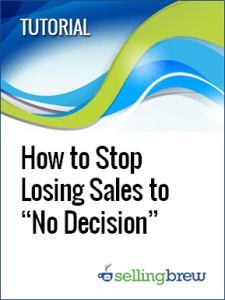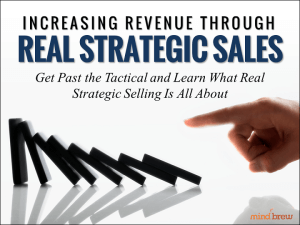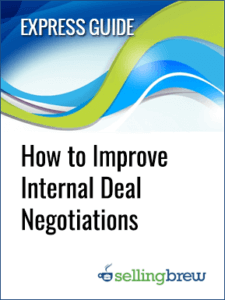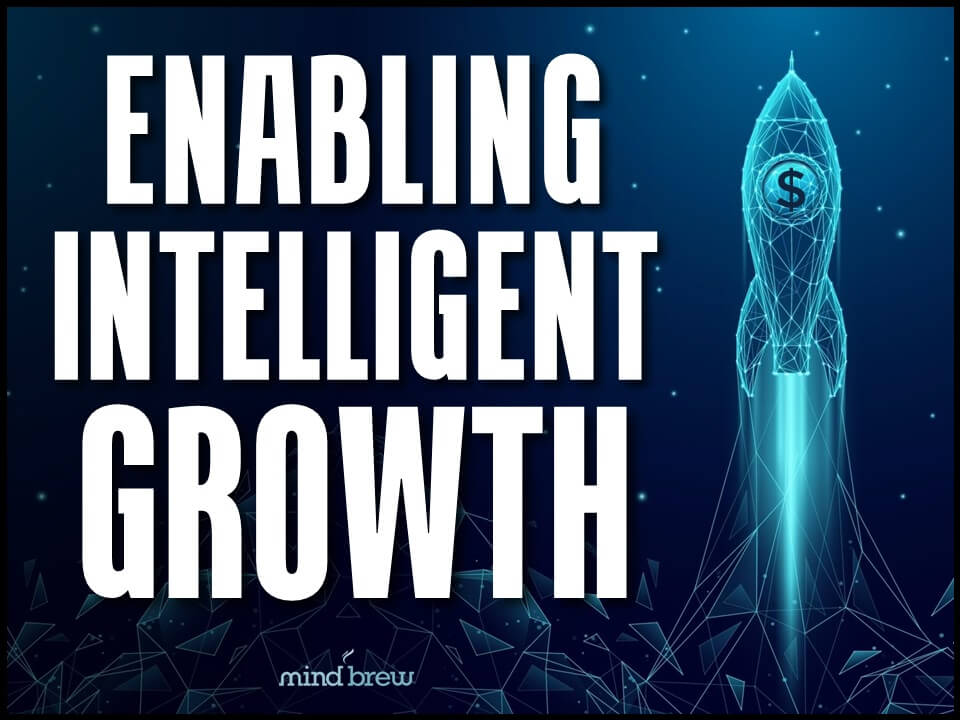Peanuts comic strip creator Charles M. Schulz once said, “There is no problem so big it cannot be run away from.”
And unfortunately, many B2B customers seem to have taken his words to heart. No matter how colossal their problems may seem to outsiders, they stubbornly cling to the idea that nothing is wrong.
And since nothing is wrong, they definitely aren’t going to buy your solution.
This is the mindset that kills 40 percent of B2B sales. The buyers simply refuse to admit that they have a problem. Instead, they hold tight to the status quo.
While this might seem irrational, people actually often have very good reasons for wanting to avoid change. Keeping things the same is
- Cost-effective: People believe that keeping things as they are doesn’t cost anything. After all, they don’t have to get a budget approved. But of course, they aren’t considering the fact that their current approach might be costing them more money in the long run than buying your product would.
- Easy to adopt: Doing something new is hard. You have to convince a whole lot of people that change is necessary, and then you have to shepherd them through the transition. Sticking with what you’ve been doing seems so much easier — even if it isn’t working.
- Simple: People are lazy by nature. Many don’t want to learn new things or take risks. Sticking with the status quo fills those primal needs.
- Flexible: It doesn’t matter what industry you’re in or what market you serve or how big or small your company is — sticking with the status quo is always an option.
- Influential: People know the status quo. As a result, they allow it to guide and shape their thinking. Even while you’re giving your sales pitch meant to shake things up, they might be thinking about how they’re going to go right back to what they were doing after you’re done talking.
Clearly, buyers have powerful motivators driving them to stick with the status quo. If sales can’t get past this trap and get the customer thinking about doing something different, the deal will almost certainly be lost (if there was ever a potential deal there to begin with).
The good news is that the right strategies and tactics can help you defeat the desire to maintain the status quo. The tutorial How to Stop Losing Sales to “No Decision” outlines a four-step process for getting prospects to overcome their mental hurdles. It also covers three other reasons why you might be failing to close deals with leads that choose not to buy any solution at all.
No one wants to admit that they have a problem. But getting potential buyers past this first step is essential if you want to increase your close rates and revenues. So check out the tutorial and start helping prospects solve their problems instead of running away from them.












